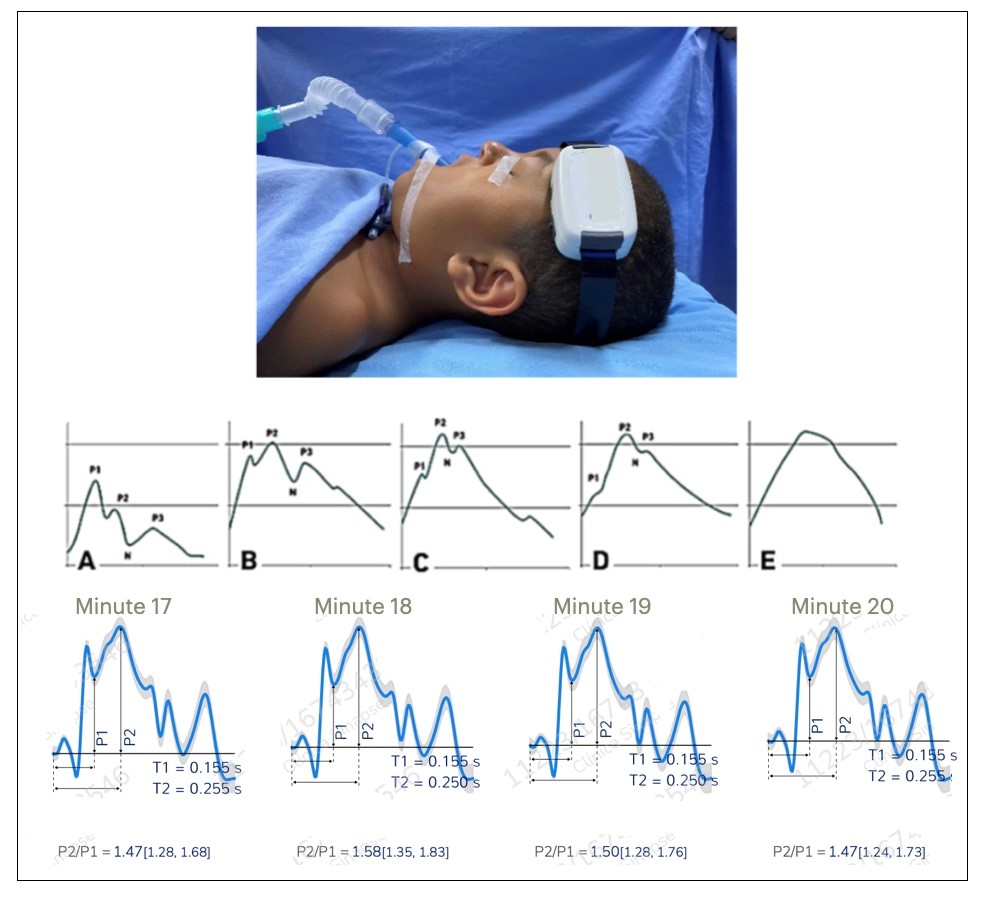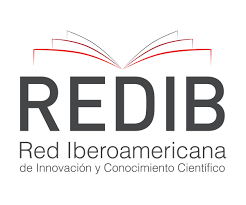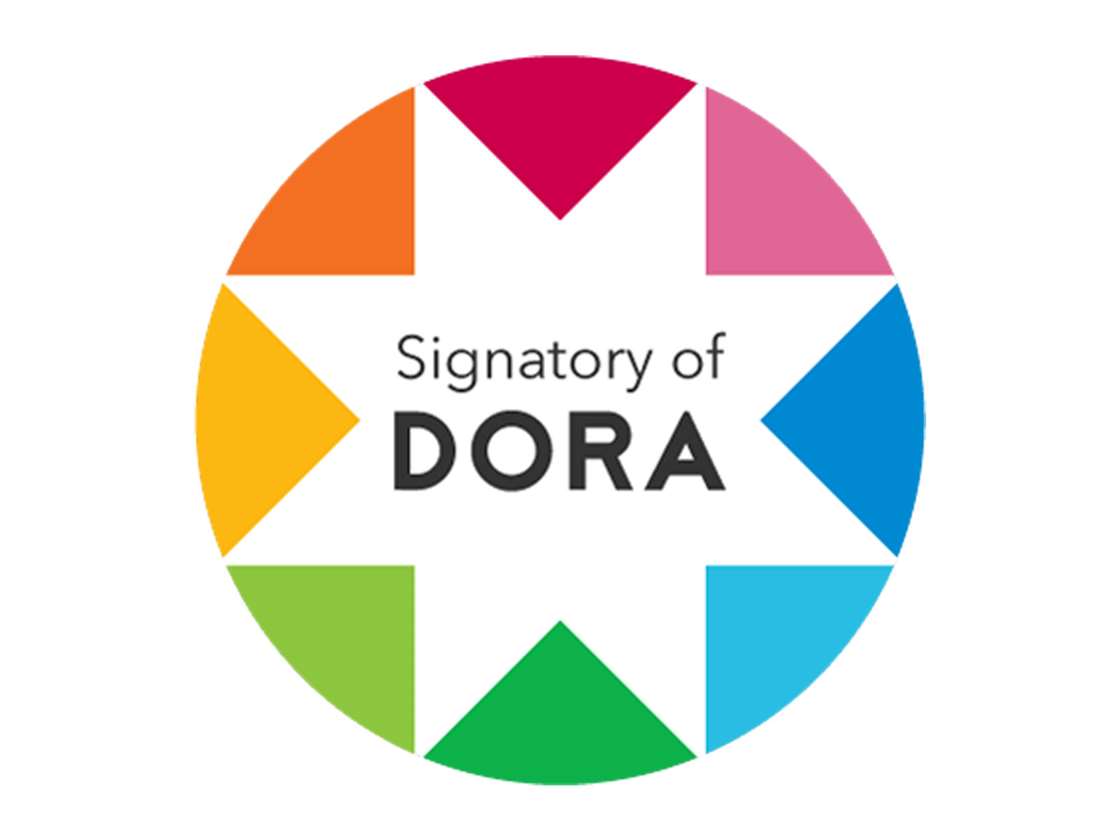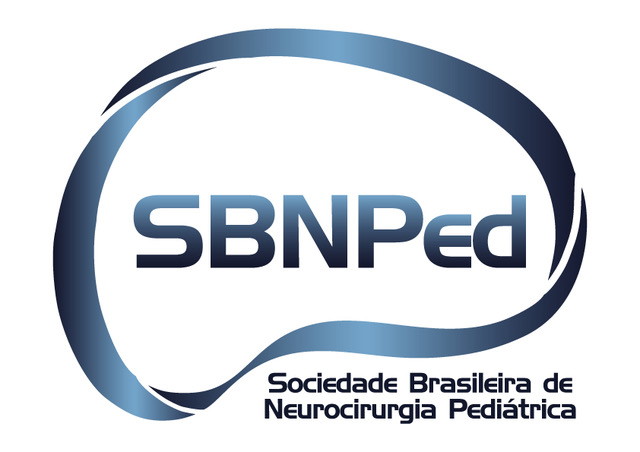Anesthesia for preoperative non-invasive intracranial pressure measurement in a child with Apert syndrome: a case report
DOI:
https://doi.org/10.46900/apn.v5i3.190Keywords:
Acrocephalosyndactyly (Apert), Anesthesia, Intracranial pressureAbstract
Introduction: The presence of craniofacial alterations such as craniosynostosis and midface hypoplasia are some features of Apert syndrome. Those characteristics may lead to intracranial hypertension. For clinical evaluation, a non-invasive intracranial pressure measurement can be performed both as a preoperative examination and to evaluate surgical treatment. Several methods have been used to measure intracranial pressure non-invasively, such as optic nerve sheath ultrasound, optical coherence tomography, and intracranial pressure waveform (ICPw) monitoring with the sensor Brain4Care®. Some methods like ICPw, require that the patient remains standstill. Because the patient wasn’t cooperative, it was decided to register the ICPw under hypnosis. A specific anesthetic planning was done to minimize the impact on the ICPw.
Case presentation: We present a 6 years old child with Apert Syndrome with ICPw registered by Brain4Care® device before and after monobloc craniofacial advancement with internal distraction. The chosen anesthetic was Sevoflurane at a dose ≤ 0.9% of inspired gases and air/oxygen proportion of 50/50%, with a laryngeal mask, under spontaneous ventilation, with normal end-tidal CO2 range. The preoperative ICPw suggested low cranial compliance, with a mean P2/P1 index above 1,2. The postoperative showed a mean P2/P1 index under 1.2, demonstrating improved cranial compliance. The same anesthetic planning was done on both occasions.
Conclusion: Likely, an appropriate way to obtain a reliable non-invasive ICPw measurement under hypnosis includes positioning the patient at neutral decubitus, choosing hypnotics with minimal impact on ICP, and maintaining spontaneous ventilation during the exam.
Downloads

Downloads
Published
How to Cite
Issue
Section
License
Copyright (c) 2023 Luciano Brandão Machado, Michele Madeira Brandao, Andre Ferro, Tales Shinji Sawakuchi Minei, Igor José Nogueira Gualberto, Nivaldo Alonso

This work is licensed under a Creative Commons Attribution 4.0 International License.

When publishing in Archives of Pediatric Neurosurgery journal, authors retain the copyright of their article and agree to license their work using a Creative Commons Attribution 4.0 International Public License (CC BY 4.0), thereby accepting the terms and conditions of this license (https://creativecommons.org/licenses/by/4.0/legalcode).
The CC BY 4.0 license terms applies to both readers and the publisher and allows them to: share (copy and redistribute in any medium or format) and adapt (remix, transform, and build upon) the article for any purpose, even commercially, provided that appropriate credit is given to the authors and the journal in which the article was published.
Authors grant Archives of Pediatric Neurosurgery the right to first publish the article and identify itself as the original publisher. Under the terms of the CC BY 4.0 license, authors allow the journal to distribute the article in third party databases, as long as its original authors and citation details are identified.





























